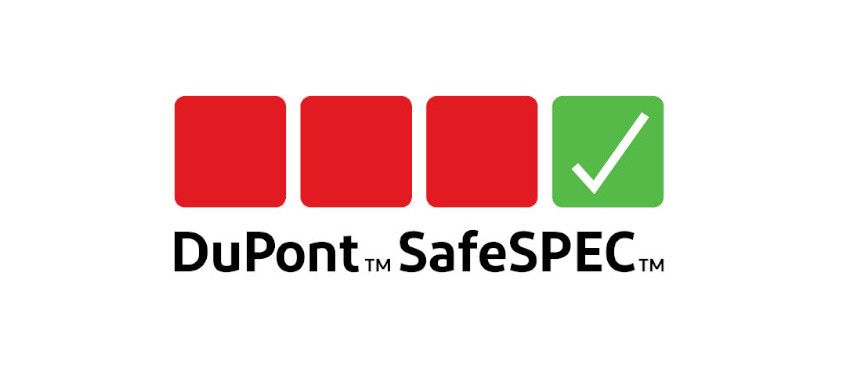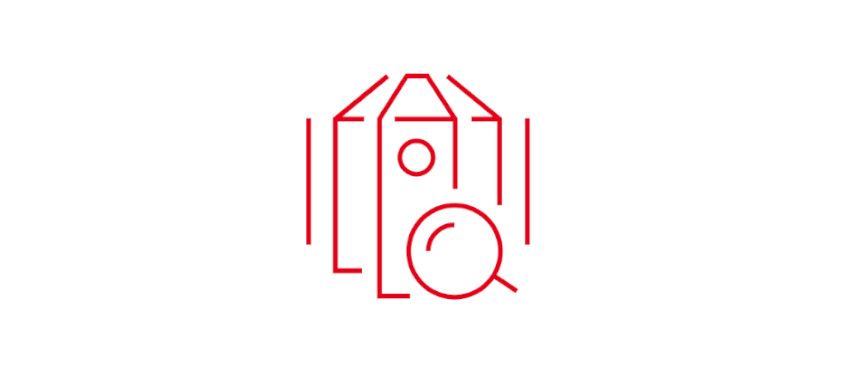New disposable coverall is made using fabric attributed to 100% bio-circular feedstock, offering health and safety professionals a more environmentally responsible option with no loss of performance or protection.
DuPont is setting its new standards for sustainable protective garments with the introduction of Tyvek® 500 Xpert BioCircle™ at A+A 2025. The new garment offers the same outstanding levels of protection, durability, and comfort as the original Tyvek® 500 Xpert, but has a significantly reduced carbon footprint. Tyvek® 500 Xpert BioCircle™ therefore offers health and safety professionals the opportunity to support the circular economy and reduce greenhouse gas impacts associated with the manufacture of personal protective equipment (PPE).
Tyvek® 500 Xpert BioCircle™
Tyvek® 500 Xpert BioCircle™ is the result of an independent, third-party lifecycle assessment (LCA), which DuPont commissioned to identify environmental hotspots in its manufacturing processes. The results highlighted that some polymers being used in Tyvek® production had a relatively high climate impact. As a responsible manufacturer, DuPont explored ways to reduce these impacts from initial material extraction to the point at which the garment leaves the manufacturing facility. It adopted International Sustainability and Carbon Certification (ISCC) procedures to help reduce environmental impacts, while maintaining the demanding quality and performance requirements of its Tyvek® protective solutions. The result is a more sustainable protective garment that incorporates bio-circular materials.
The use of biological sources, such as plants and organic waste, also means that Tyvek® 500 Xpert BioCircle™ contains biogenic carbon. Unlike fossil carbon, biogenic carbon is part of the natural lifecycle and does not contribute to net carbon emissions when managed sustainably.
Aldjia Begriche, Global Application Development Leader for Tyvek® Garments at DuPont
Proven sustainability
Independent and peer-reviewed cradle-to-gate LCA of the new garment, alongside DuPont’s own modelling, has shown that Tyvek® 500 Xpert BioCircle™ achieves a minimum 58 percent reduction in climate change impacts. The high-density polyethylene (HDPE) used to make the fabric for Tyvek® 500 Xpert BioCircle™ is attributed to 100 percent bio-circular feedstock manufactured in an ISCC-compliant fabric production process. DuPont’s Luxembourg facility, where the garment is made, has been ISCC certified since 2023.
Responsible protection
Tyvek® 500 Xpert BioCircle™ adds a new sustainable option to DuPont’s extensive range of Tyvek® 500 garments, designed to protect workers in various industries against a multitude of hazards, including a broad range of chemicals and harmful fine particles or fibers. It offers chemical, biological, and antistatic protection in a single garment. Exhibiting very low inward leakage, these limited-use coveralls feature an ergonomic design incorporating a zipper and flap fastening and stitched external seams, with elasticated wrists, ankles, and waist. An integrated hood, designed to fit a respirator, provides additional coverage, reinforcing protection against environmental hazards while maintaining wearer comfort. The breathable Tyvek® fabric and lightweight design ensure good air circulation and moisture permeability, combined with flexibility and ease of movement for excellent wearability.
Where suitable facilities exist, used but non-contaminated Tyvek® 500 Xpert BioCircle™ garments can be recycled through the Tyvek® protective apparel recycling referral program.

LCA is a systematic approach to evaluating the environmental impacts associated with every stage of a product's life. This includes raw material extraction, materials processing, manufacture, distribution, use, repair and maintenance, and disposal or recycling.

We are proud of our role in protecting people at work and we believe that advancing sustainability is an important extension of that role. From product development and manufacturing to packaging, distribution and marketing, we are focused on continuous innovation to advance sustainability along the value chain.


